Vegetables You Can Grow Indoors In The Winter: Easy Growing Picks
Cherry tomatoes, spring onions, carrots, lettuce and so many more veggies thrive well indoors in winters
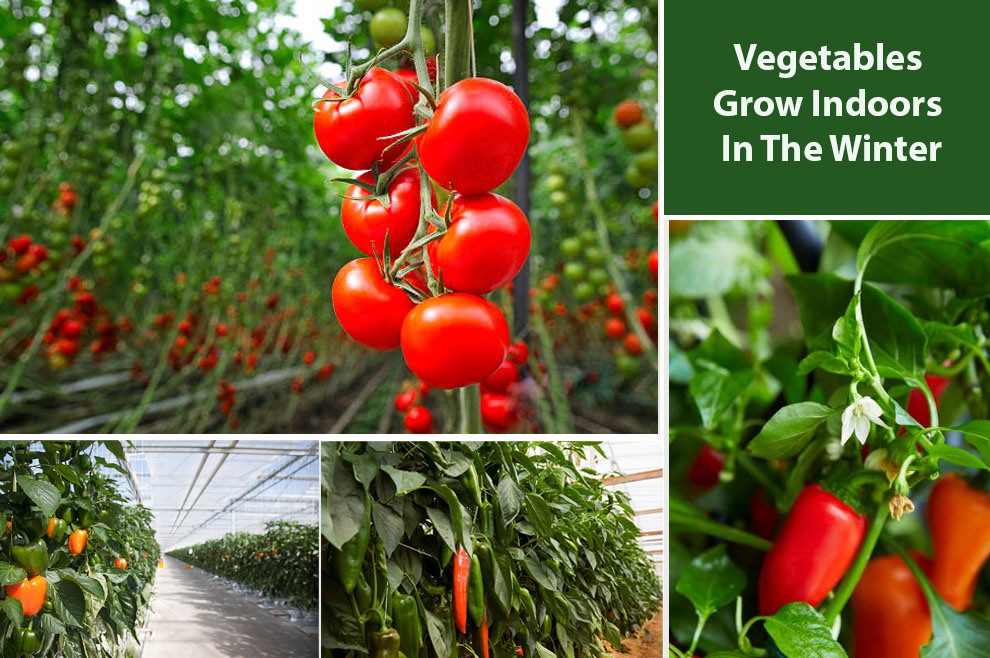
Often people think of gardening as a seasonal activity, but you can do it in winter, too, provided you are well-versed in some rules. Hence, the onset of winter does not necessarily mean you stop growing and harvesting vegetables.
Nothing is challenging anymore if you know vegetables you can grow indoors in the winter and have the right tools. Once that’s achieved, you need to create suitable conditions for them to grow and thrive, resulting in your favorite varieties growing for months before the weather turns favorable again.
People with a south-facing, sunny window will find it effortless to plant some of the crops we discuss below indoors in the winter.
However, if you have some plants growing outside in a pot, you can reposition them indoors and continue the fertilization and watering schedule. But, some of the veggies growing indoors in winters will demand supplemental lighting to thrive because winter days are typically short for some species to photosynthesize adequately.
For them, you can get some indoor grow accessories and lights at hydroponic stores or garden centers online. Full-spectrum fluorescent bulbs can be an excellent and cost-effective option in this respect.
So, how to grow vegetables indoors in winter? Please remember even though it is possible to grow some vegetables indoors in the winter, they will demand care and nourishment to yield. Now, let us discuss some of the best vegetables to grow indoors.
Top Eleven Best Vegetables To Grow Indoors In Winter
1. Cherry Tomatoes
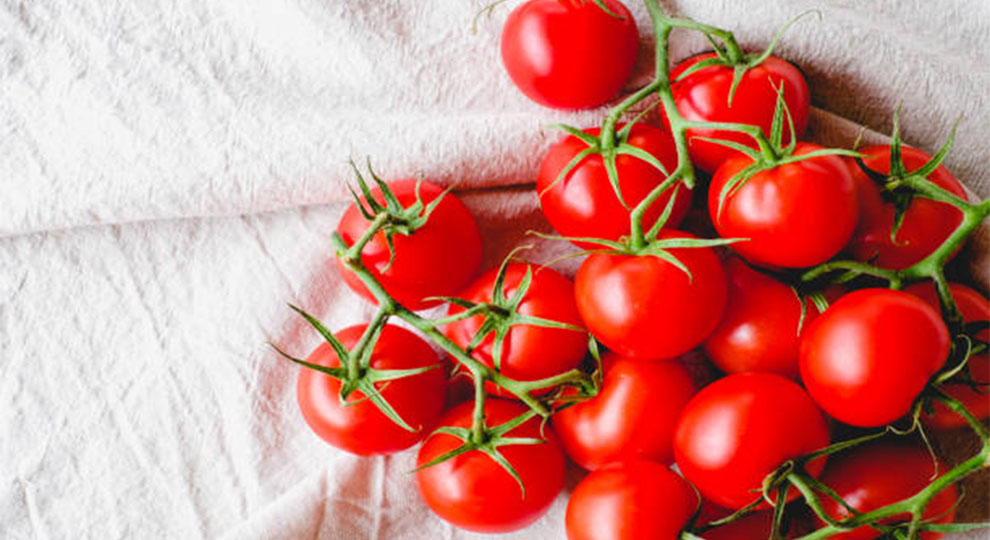
| Temperature | Warm |
| When to plant? | Late spring and early summer |
| Harvesting time | Eight to Twelve weeks |
| Lighting conditions | Full sun for eight hours |
Growing fruiting plants indoors in winter is challenging as they require heat and sunlight to mature. But cherry tomatoes are one of the easiest fruiting crops for indoors. But, they need artificial light for approximately sixteen hours daily to thrive.
In addition, for these easiest vegetables to grow indoors in winter, you should ensure that the environment temperature is above sixty-five degrees. The plants prefer a warm sunroom wherein the daytime temperature reaches 75-80 degrees.
2. Bell peppers
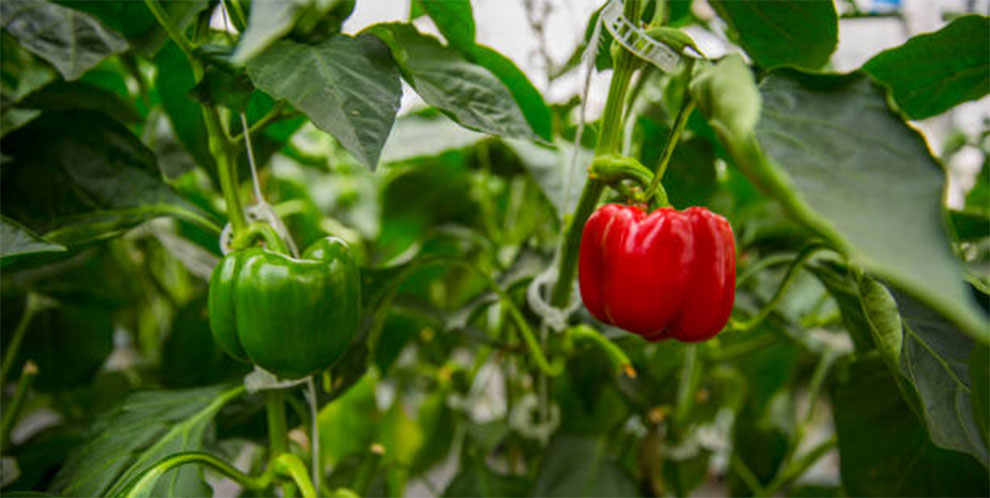
| Temperature | Warm |
| When to plant? | Late summer and early fall |
| Harvesting time | Between eight and thirteen weeks |
| Lighting conditions | Sunny area or in an environment that receives light for forteen to sixteen hours. |
Among what vegetables can you grow indoors in the winter, Bell peppers are another one of the top indoor winter veggie. These can be potted and grown in a container sans any problem. One thing to consider when planting bell peppers is they require an excessive amount of nutrients.
Hence, the ideal soil is a mix of coarse sand, peat moss, and vermiculite in equal quantities. You can make this tailored soil yourself or buy it from a nursery.
You can plant at least two to three bell pepper seeds in every pot. Place the containers in a room wherein you can maintain a constant temperature between sixty-five and seventy-five degrees Fahrenheit to ensure that the plant gets ample direct sunlight.
Similar to bell peppers, even hot peppers grow well in winters. They demand a similar condition to bell peppers, but you can opt for a smaller pot.
3. Green Onion
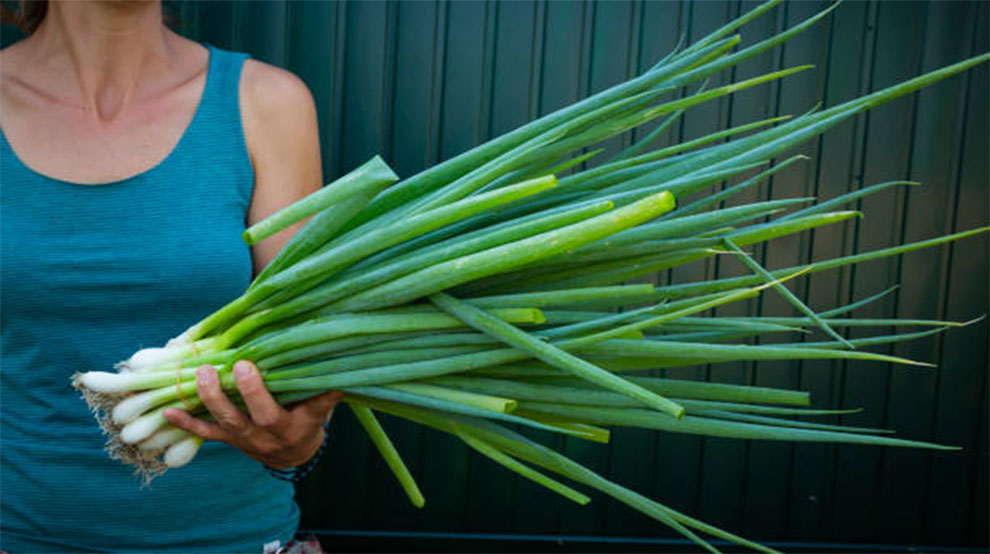
| Temperature | Cold |
| When to plant? | Late winters to early spring |
| Harvesting time | Three to four weeks |
| Lighting conditions | Six hours of grow light or six hours of full sun exposure |
Scallions, also known as green onions, are one of the easiest vegetables to grow indoors in winter. They demand little care and do not need heavy sunlight like other vegetables. You can grow them from seeds or replant the root end of the green onions after employing the top.
They are perennial. So, it keeps the plant going across the year for harvesting sans replantation. Once the leaves become pencil thick, you can either snip the leafy green part or harvest the complete plant with its roots and bulb.
When left in the soil, green onions continue to multiply and produce new bulbs, developing a clump, which can be pulled apart in the next year and transplanted to newer plants.
4. Garlic or Garlic Greens
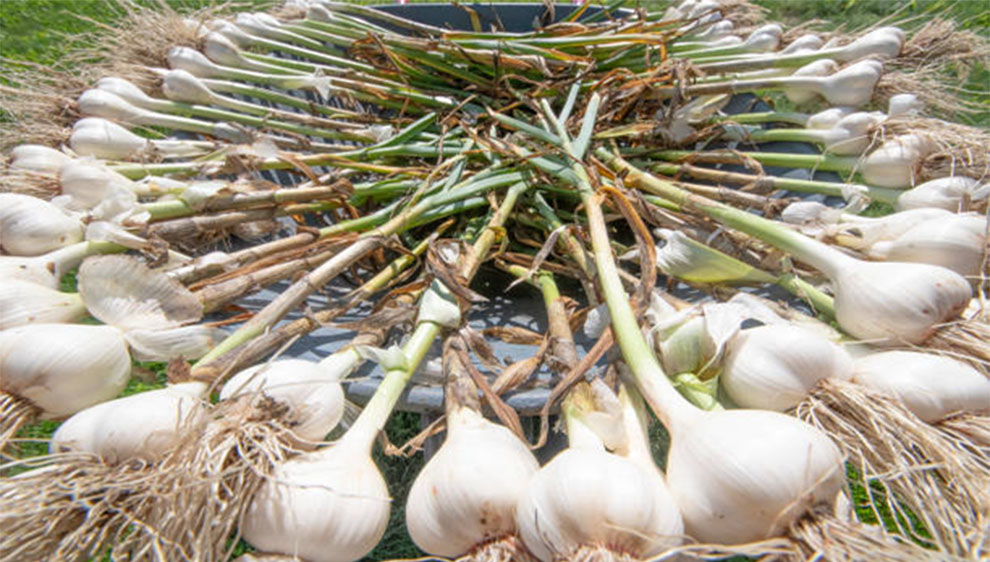
| Temperature | Cool |
| When to plant? | Autumn |
| Harvesting time | Eight to Sixteen Weeks |
| Lighting conditions | A sunny spot with partial shade |
Garlic is one of the easy-growing indoor plants, but the absence of the winter chill hours implies that you will get garlic greens from the plants, and that’s completely fine. It is a delectable specialty crop.
These can be excellent vegetables you can grow indoors in the winter. Garlic greens taste like a mild hybrid between onion and garlic and work the same way as scallions, and you can relish them cooked or raw.
Chop a few inches from the stem and chop or slice the garlic greens into your food. Plant them at least two inches apart, two inches deep, with the pointy edge facing upwards, and harvest them lightly once the garlic greens are between six and eight inches.
5. Carrots

| Temperature | Cool |
| When to plant? | Early Spring |
| Harvesting time | Eight to Eleven Weeks |
| Lighting conditions | Grow lights for about 10 to 12 hours or Sunny areas |
Crunchy, sweet, and infused with several vitamins and minerals, Carrots are another pick for vegetables to grow inside during winter. It needs at least twelve hours of sunlight and thrives in temperatures between fifteen and sixteen degree Celsius.
Depending on your chosen variety, you can use a container or pot between eight and twelve inches deep. It is imperative to plant them in deep soil, or the plant might not grow well. Further, spread them apart, and give them ample space to develop well.
6. Lettuce
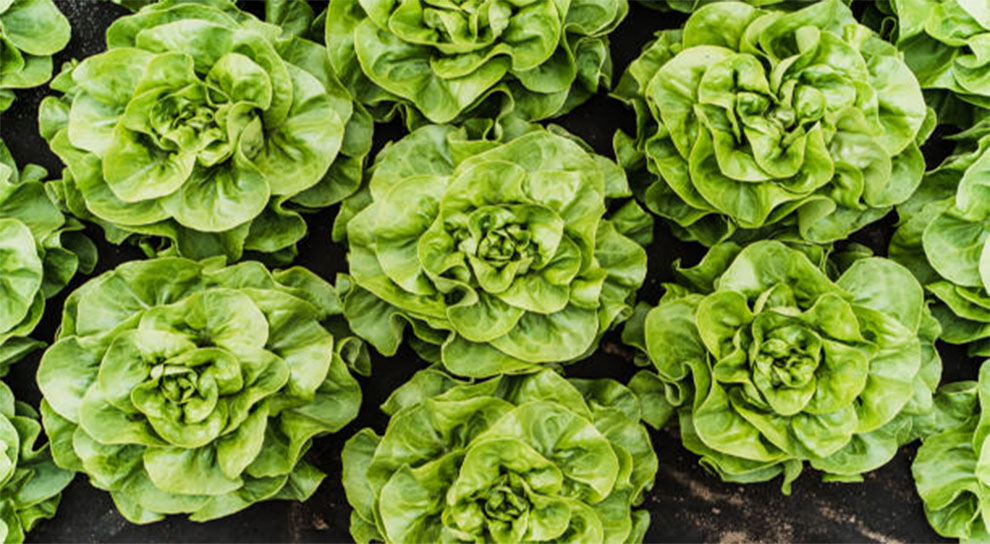
| Temperature | Cool |
| When to plant? | Spring and Fall |
| Harvesting time | Six to Eight Weeks |
| Lighting conditions | Full sun for at least six to eight hours |
Lettuce is very easy to grow indoors, even on days when it is biting cold or frost outside. They are cold-resistant vegetables that grow happily in planters or window boxes placed in a sunny spot. Lettuce seeds are easy to find in any gardening store for planting in the potting mix.
The lettuce starts sprouting in only a week, and in a month, they become big enough to give you enough salad greens across the winters. Harvest lettuce before the head becomes hard, or else the lettuce will have a bitter taste.
7. Broccoli
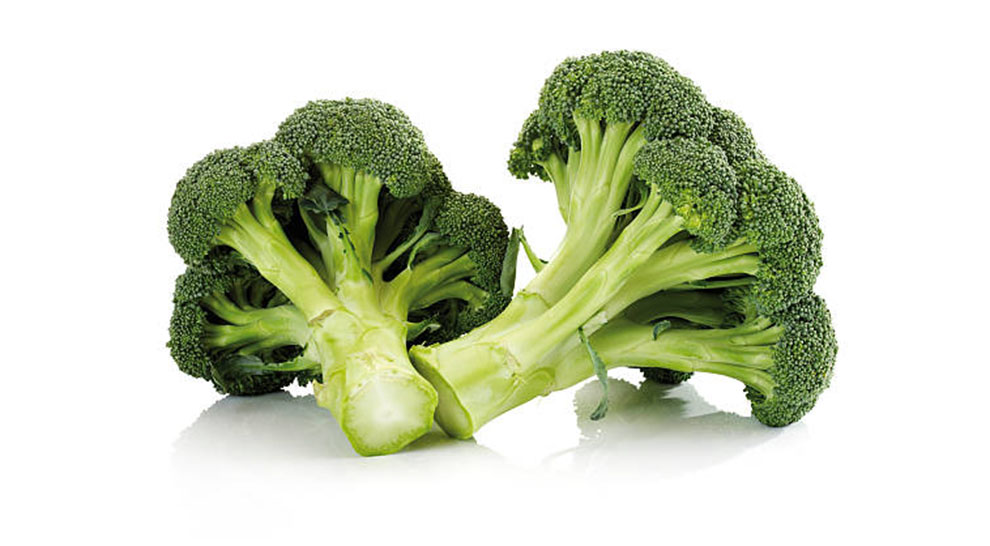
| Temperature | Cold |
| When to plant? | Early Spring or Late Summers |
| Harvesting time | Seven and Sixteen Weeks |
| Lighting conditions | Sunny area with partial shade in hotter regions |
Broccoli is one of the best vegetables to grow indoors in winter. It is a stout, thick-stemmed vegetable with a long harvest season with side shoots that stay intact for many weeks. It has a slow to moderate growth rate, and its maturity time is between seven and sixteen weeks, depending on your chosen variety.
These vegetables are sown in early spring for harvest in summer, but late summer plantations can also give you a fall harvest. Its mature size is between eighteen and twenty inches and requires well-drained, rich, moist, loam soil. In hotter climates, they demand partial shade, and it has a seasonable bloom time.
You can plant the seedlings about an inch or two deeper with an eighteen-inch gap between the two seedlings. Broccoli requires at least 65 to 70 degrees temperature for growing.
8. Basil
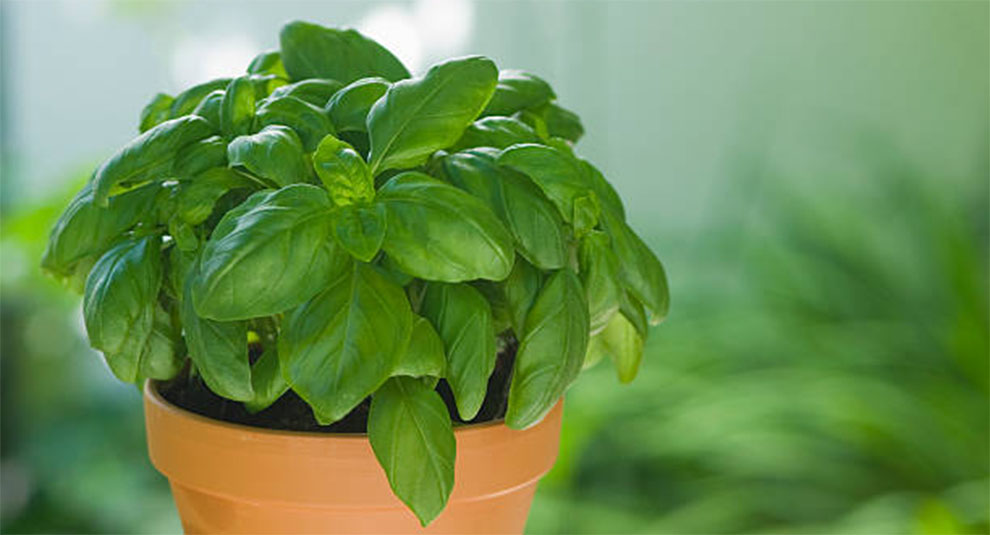
| Temperature | Warm |
| When to plant? | Spring or Summer |
| Harvesting time | Eight to Nine weeks |
| Lighting conditions | Sunny areas or areas with four to six hour sun |
Beyond the vegetables, there are also some herbs you use routinely. These, too, can be grown indoors. One such herb is basil. It is easy to grow basil in pots since the plants do not need special conditions.
However, you must pick soil rich in nutrients and put the soil in a plastic pot. For better results, use organic fertilizer and place the plant in a pot where it receives ample sunlight.
9. Green Beans
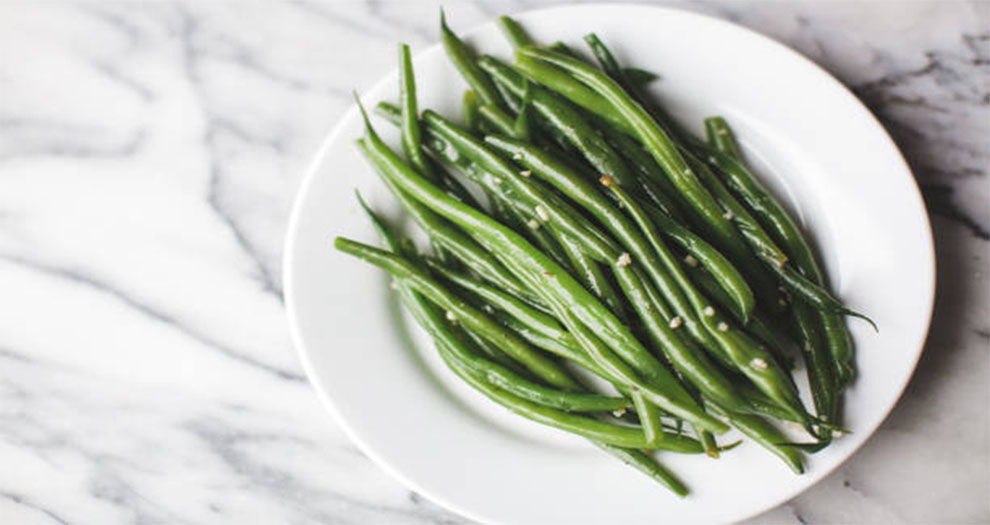
| Temperature | Warm |
| When to plant? | Spring |
| Harvesting time | Eight and Twelve Weeks |
| Lighting conditions | Sunny area in a spot that receives sun for six to eight hours |
Green beans result in low bush type or long vine growth. They come in round or flat shapes and grow several inches. You should have these vegetables to grow inside during winter if you want them available for immediate consumption, you should have them in a young or tender state before seed development.
They are best planted in spring and are an annual vegetable. Its flowers appear in two months, and the reaping time depends on the type chosen. The green bean bush grows about two feet, and the pole beans are between ten and fifteen feet tall.
The plant seeks well-drained soil and requires sunny exposure. They thrive in eight inches of deep soil and seek 15-degree Celsius temperature with at least six hours of sun every day.
10. Spinach
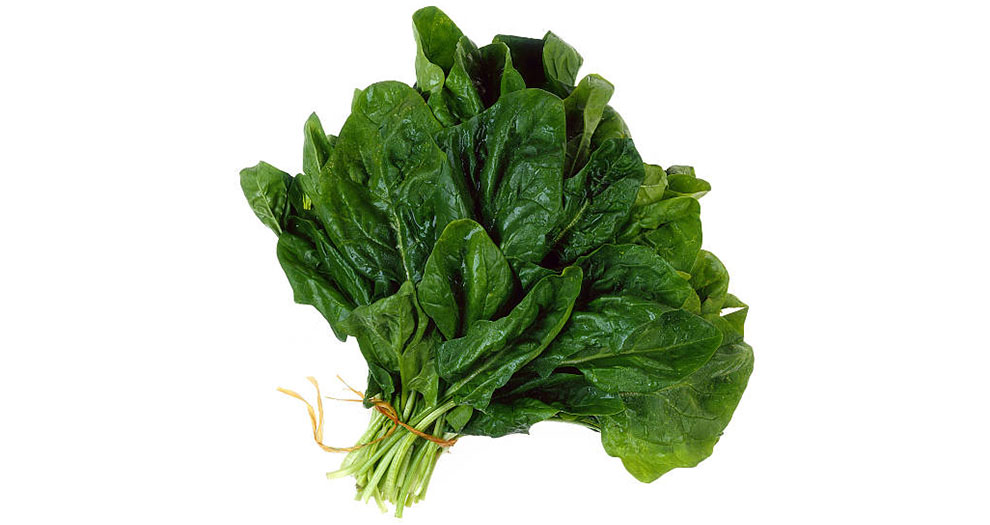
| Temperature | Cold |
| When to plant? | Fall and spring |
| Harvesting time | Six and Seven Weeks |
| Lighting conditions | Sunny area or a spot where it receives light for 10 to 12 hours |
Spinach is a rich iron source and has several vital elements. It is an excellent vegetable that should be a part of your balanced diet. So, if you seek organic spinach, planting it indoors can be fun and easy. A pot approximately six inches deep with rich potting soil is ideal for growing spinach. Once planted, keep the plant in direct sunlight and water regularly.
11. Kale
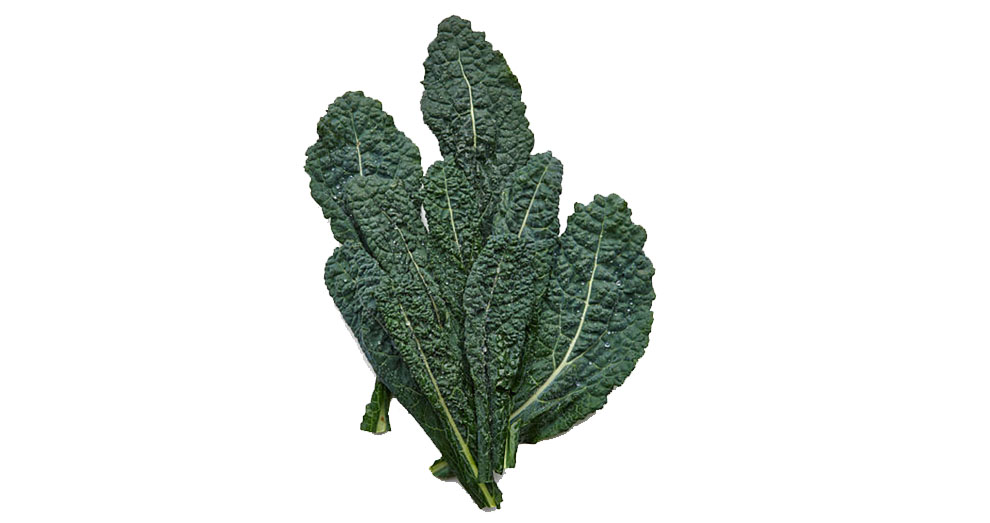
| Temperature | Cold |
| When to plant? | Spring to late winters |
| Harvesting time | Eight and Nine Weeks |
| Lighting conditions | Sunny area with partial shade, and sun for at least six hours |
These broad leafy vegetables, Kale, are easy to grow. You can grow these cold-tolerant plants just like lettuce, but they seek a lot of space since they need more room to grow. Kale is an acquired taste. So, if you do not like its taste, you can opt for swiss chard or mustard greens.
Beyond these eleven stated above, what vegetables can you grow indoors in the winter?
Here is a list of a few other veggies that can be grown in winters indoors:
- Cauliflower
- Arugula
- Dwarf beans
- Radishes
- Mushrooms
- Peas
- Sprouts
- Microgreens
- Potatoes
- Eggplants
- Dwarf lemon
- Avocadoes
- Beets
- Swiss Chard
- Watercress
- Sorel
- Mustard Greens
- Brussels Sprouts
- Chili peppers
- Sweet potatoes
Related: Fruits that grow in cold climate | Red berry trees in winter | Vegetables that grow below the ground
Indoor Gardening Challenges and Solutions
Some common problems associated with indoor gardening include:
- They do not get adequate sunlight: If your apartment does not get ample sunlight, you can use artificial lights to the rescue.
- There may be humidity and moisture issues: Inadequate humidity in the environment can also be a reason for a plant’s poor survival rate. You can overcome this problem by using a humidifier.
- Soil fertility: Some people tend to add excessive fertilizer to the soil. It does more harm than good. So, when you plant a new indoor plant, ask for proper and detailed guidance from the nursery where you buy the seeds. Adding compost to the soil can also help.
- You do not understand the plant’s watering schedule: Even if you plant the vegetables you can grow indoors in the winter, but fail to meet their watering needs, it all goes into vain. Consider factors like temperature differences, light absence, container size, and the airflow inside the house when determining the plant’s watering schedule.
Further, ensure that your chosen container has drainage holes for the roots do not sit in a waterlogged environment. Ideally, rewater only when the topsoil feels dry.
- Infections: Indoor gardening is vulnerable to several fungal and bacterial infections and diseases. So, be cautious of infections and ensure your plant receives the necessary sunlight and proper air circulation to keep diseases at bay. You can also employ organic pest-controlling measures to overcome the problem.
- Pet problems: Growing indoor plants is often challenging if you have pets at home. For instance, cats love leafy greens and might disrupt the plant. So, if you want to guard your plants, you must use protective shields. It diverts the plant and keeps your vegetables safe.
Frequently Asked Questions
Ques 1. Can you grow vegetables indoors year-round?
Ans. The benefit of indoor vegetables is that you can grow them across the year.
Ques 2. How much light do you need to grow vegetables indoors?
Ans. Most plants require at least fourteen to sixteen hours of light to grow indoors.
Ques 3. What vegetables can you grow indoors without sunlight?
Ans. Some vegetables you can grow without sunlight are:
- Lettuce
- Spinach
- Swiss chard
- Arugula
- Endive
- Broccoli (and related plants)
- Kale
- Radicchio
Ques 4. Can any LED light be used as a grow light?
Ans. You can use white LED lights for growing plants.
Ques 5. How much should I water the vegetables I grow indoors?
Ans. One inch of water per week will suffice for indoor vegetables.
Summing up
So, this is how to grow vegetables indoors in winter and some of the best veggies to begin with. If you have veggies grown indoor, you can enjoy their freshness at your dining table right away after the harvest.
